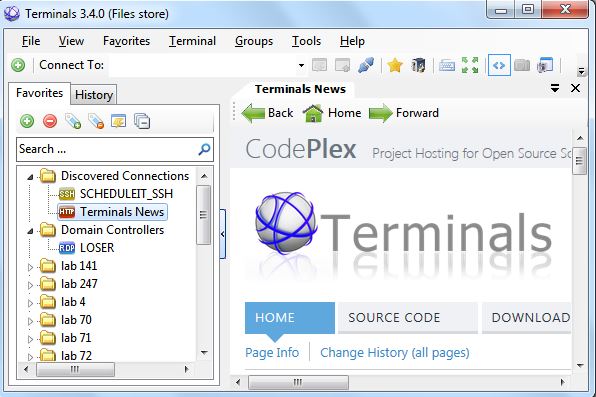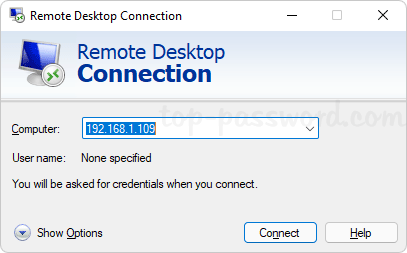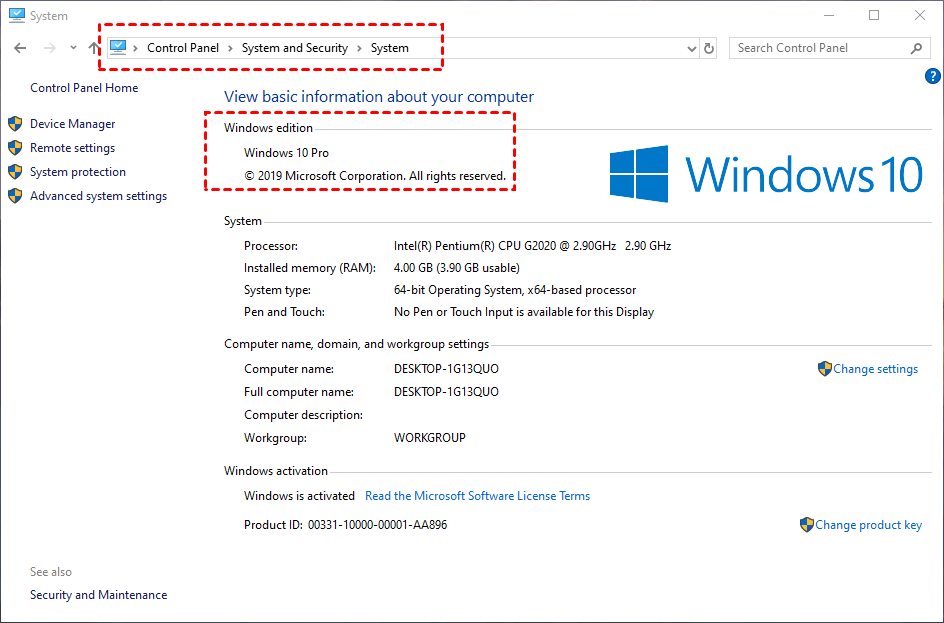

- #MICROSOFT REMOTE DESKTOP MANAGER FOR WINDOWS 10 HOW TO#
- #MICROSOFT REMOTE DESKTOP MANAGER FOR WINDOWS 10 INSTALL#
- #MICROSOFT REMOTE DESKTOP MANAGER FOR WINDOWS 10 UPDATE#
- #MICROSOFT REMOTE DESKTOP MANAGER FOR WINDOWS 10 FOR WINDOWS 10#
- #MICROSOFT REMOTE DESKTOP MANAGER FOR WINDOWS 10 WINDOWS 10#
#MICROSOFT REMOTE DESKTOP MANAGER FOR WINDOWS 10 UPDATE#
Then the PC will search and download updates/other components directly from Microsoft update servers. The solution is to disable the WSUS on the local computer. My computer could be trying to download these RSAT tools from the WSUS server where these tools are not available to download. Since my computer is connected to domain network and we have WSUS (Windows Service Update Server) which pushes approved updates across the company. Tried to solve it by checking the Internet connectivity, in-built Windows update troubleshooter and even resetting update content folders and services, but those did not help me. I assumed it was related to Windows update issues. Usually, these features get downloaded from Windows update catalog server.

That means, it can be easily installed from the Settings app.Ī) Access ‘Manage Optional features” app via search or settings. With this major update, RSAT tools are available as “feature on-demand”.
#MICROSOFT REMOTE DESKTOP MANAGER FOR WINDOWS 10 INSTALL#
Install Admin Tools on Windows (Ver 1809) or Later Versions
#MICROSOFT REMOTE DESKTOP MANAGER FOR WINDOWS 10 WINDOWS 10#
Click here to learn more about finding the build version of Windows 10 with all possible methods.

To know the version of Windows 10 you have, open the command prompt and enter winver, that should show the build version.
#MICROSOFT REMOTE DESKTOP MANAGER FOR WINDOWS 10 FOR WINDOWS 10#
#MICROSOFT REMOTE DESKTOP MANAGER FOR WINDOWS 10 HOW TO#
This simple guide shows how to install admin tools on Windows 10/8.1 and Windows 7 and disable or enable specific admin tools. The Remote Desktop Connection Manager (RDCMan) which used to be part of the Admin tool, but available separately now is another useful tool to manage multiple remote desktop connections from a single computer. Check out our guide to accessing Remote Desktop over the Internet for more information about that.Remote Server Administration Tools (RSAT), also called Admin tools is an essential toolset to manage most of the Microsoft Windows Server Operating Systems and its services. If you’re planning to connect to the remote PC over the Internet, you’ll have to do a little extra setup that involves allowing Remote Desktop traffic through your router and forwarding those types of packets to the right PC. RELATED: How to Access Windows Remote Desktop Over the Internet Just type in the name or IP address for the PC to initiate the connection. You can start a remote connection from those computers by clicking Start, typing “remote,” and then choosing the “Remote Desktop Connection” result. Windows automatically creates exceptions in the Windows Firewall to allow remote connection traffic to get through. If you’re planning to connect from other PCs on the same local network, that should be all you have to do. On any version of Windows, you can also click the “Select Users” button to set up specific users that are allowed to make remote connections. When you’re done setting things up, click the “OK” button to have your PC start listening for remote connections.

Notice that you have three distinct options in Windows 7-don’t allow remote access, allow connections from any version of Remote Desktop, and allow only connections that run with Network Level Authentication. If you’re using Windows 7 or Vista, things work the same, but are presented in a slightly different way. If you must allow connections from PCs running Windows XP or earlier, you’ll need to disable this option. Modern versions of Windows all support this level of authentication, so it’s best to leave it enabled. In Windows 8 and 10, the option for only allowing connections from PCs running Remote Desktop with Network Level Authentication is also enabled by default. In the “System Properties” window, on the “Remote” tab, select the “Allow remote connections to this computer” option.


 0 kommentar(er)
0 kommentar(er)
